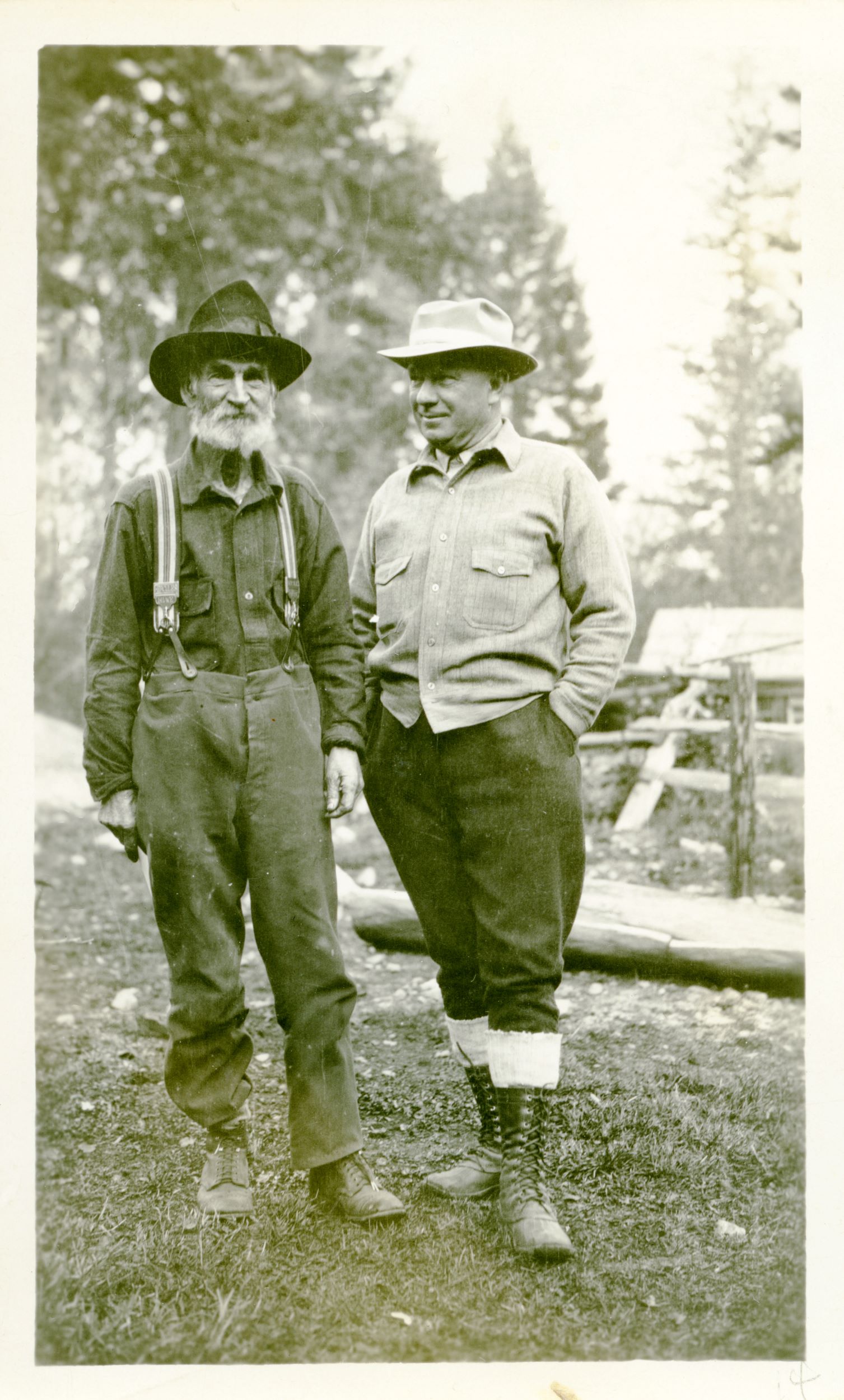Over 10,000 years ago, glaciers covering Idaho’s west central mountains retreated, leaving behind numerous crystal clear, turquoise blue and sapphire green high mountain lakes. McCall’s Payette Lake represents one of these Gem State glacial remnant jewels, and in early August Valley County Commissioners unanimously passed a resolution to designate Shellworth Island, a roughly 13-acre sanctuary near the eastern lake shore, an Area of Critical Concern (ACC).
ACCs are areas where special management is needed to protect important resources, and in this case, the Commissioners identified the need to protect Payette Lake’s water quality as a top priority. The designation allows the county to require in-depth environmental reviews prior to any future development or management change. The island is owned by the state and managed by the Idaho Department of Lands (IDL) under the direction of the Idaho Land Board. In 2021 the Idaho Land Board approved the Payette Endowment Lands Strategy, which proposed to sell or lease Shellworth Island within the next 10 years.
The ACC designation was developed in response by United Payette, a local coalition of concerned organizations and individuals working to conserve the McCall area endowment lands. The Idaho Conservation League (ICL) is a founding member and the financial sponsor of United Payette (UP).
Protecting the water quality of Payette Lake, McCall’s sole drinking water source, through an ACC is not the first time the Shellworth name finds itself tied to conservation and responsible land management. In 1915, the state renamed the largest island along Payette Lake’s eastern shore “Shellworth”, a change from the original Cougar Island moniker, to recognize local resident Harry Shellworth, one of the earliest conservation voices in West Central Idaho.
Born in Comanche, Texas in 1877, Harry was the first of seven children born into a ranching family. By 1890 the family had relocated to Boise where Harry’s father Julian took a job as a police captain and ran a local livery stable. Harry left home before graduating from Boise High School for an adventurous life, including work in Panama, joining the Klondike gold rush, and signing up with the Idaho First Volunteers to fight in the Boxer Rebellion, the Spanish-American War, and the Philippine-American War.

In 1904, Harry was discharged from the military and returned home to Boise to begin his post-military life. Following the untimely death of his first wife, he later remarried, Harry took a position with the Payette Lumber Company (a precursor of Boise-Cascade) in McCall. Concerned with the loss of forests to wildfire, in 1908 Shellworth initiated the first fire protection organization that would work on federal, state, and private lands. The Southern Idaho Timber Protective Association (SITPA), continues to this day as a unique private firefighting organization.
Shellworth was also instrumental in establishing and leading the Civilian Conservation Corps (CCC) in Idaho, and in 1933 was asked by Governor C. Ben Ross to travel to Washington and represent Idaho in the discussions that eventually formed the CCC, Franklin D. Roosevelt’s New Deal program to address unemployment and infrastructure needs across the nation. Idaho’s plan was the first on the table, the first approved by Congress, and was considered one of the most effective CCC programs in the country.
Like so many Idahoans today, Harry Shellworth enjoyed leaving the increasingly mechanized world behind, and in the 1920s began taking month-long trips into the Salmon River mountains, particularly in Big Creek, one of the main tributaries of the Middle Fork of the Salmon River. For years he and his influential friends who joined him on these excursions (including Governors, Forest Service Regional Foresters, miners, ranchers, and game wardens) talked of ways to limit harmful development and protect the Central Idaho mountains, especially after private and Forest Service-associated airfields began appearing.
In 1930, Idaho Governor Baldridge (at Shellworth’s urging) appointed Harry chair of a committee formed to explore a proposal to designate portions of the Central Idaho Mountains as a primitive area. The committee brought together mining, ranching, timber, wildlife, and other state leaders to encourage protection of the unique area. In March 1931, the United States Forest Service approved the plan to designate the 1,087,744-acre Idaho Primitive Area (it was later increased to 1,232,744 acres). The Idaho Primitive Area became the cornerstone of the Central Idaho Wilderness Act (signed into law in 1980) and now known as the Frank Church – River of No Return Wilderness, covering 2.3 million acres.
Harry Shellworth loved West Central Idaho and worked the majority of his life in the timber industry, while simultaneously working to protect and enhance the resources found here, through fire protection and SITPA, the CCC, and the conservation and protection of some of this nation’s finest wildlands through the establishment of the Idaho Primitive Area. Valley County honors his conservation legacy designating Shellworth Island an Area of Critical Concern and protecting Payette Lake’s water quality. It is a move we think Harry would be proud of.
(For more on Shellworth’s legacy and efforts to protect the Idaho Primitive Area, check out Richard Holm’s book: Idaho’s Wilderness Visionary: Harry Shellworth.)

